
|
| Physics of CPs & LENR |
| About Us |
| Experiments |
| LENR Vendors & Researchers |
| LENR Investors & Associations |
| LENR Media |
| History of CPs & LENR |
| Resources |
| CP Simulator |
| Contact |
History of Condensed Plasmoids and LENR
by Lutz Jaitner, 2019
1907: Prof. John Trowbridge

- First described water arc explosions
- Observed that spraying water mist into an electric arc yielded a much louder sound than the arc in air alone
- He could not explain why
1909: Irving Langmuir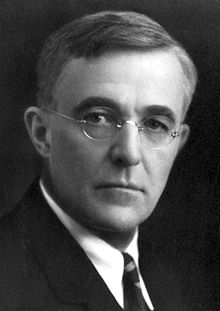
- Noted an excess of heat production in work he was doing on atomic hydrogen plasmas created between tungsten electrodes. This process is still technically used for plasma welding/cutting
- Physicist Neils Bohr insisted that Langmuir's results could not be correct since they violated conservation of energy and persuaded Langmuir that publishing them would ruin his career
- Source: http://chavascience.com/index.php/en/hydrogen/lenr-anomalous-heat
1905 - 1927: Joseph John Thomson, William Ramsay,
John N. Collie, Hubertus S. Patterson, Irvine Masson
- Dozens of scientific papers published the mysterious appearance of hydrogen, helium and neon in vacuum tubes and gas discharges
- Source: http://www.alchemywebsite.com/nelson2_6.html
1912: Joseph John (“J.J.”) Thomson
- Discovered the electron and invented mass spectrometry
- Was certain that electric currents in plasma could cause elemental transmutation
- In 1912 Thomson and Ramsay created the yet unknown gases 3He and 3H via glow discharge, calling them “X3” because of the atomic mass
1922: Gerald L. Wendt & Clarence E. Irion
- Extended Thompson's work with high currents
- Published, that decomposition of tungsten via high-current discharges produces helium
- The experiment has been reproduced successfully by S. Stephanakis in 1972 and F. Young in 1977
- No hydrogen was present in the experiments, but the emission of fast neutrons had been detected
- The findings are indicating tungsten-tungsten fusion with subsequent fission
1927: John Tandberg
- Stated that he had fused hydrogen into helium in an electrolytic cell with palladium electrodes
- Applied for a Swedish patent for “A method to produce helium and useful reaction energy” (Patent was declined)
- After deuterium was discovered in 1932, Tandberg continued his experiments with heavy water
- The final experiments made by Tandberg with heavy water were similar to the original experiment by Fleischmann and Pons
- Fleischmann and Pons were not aware of Tandberg's work
1948: Prof. F. Früngel
- Observed that anomalous force occurred in abrupt electric arcs in water
- He determined that the force was not caused by heat or steam
- Admitted that he was unable to explain the phenomenon
- Later he applied the discovery to do under water, pulse echo sounding to map the ocean floor
- His discovery also found applications in electrohydraulic metal forming
1957: Ivan Stepanovich Filimonenko et al.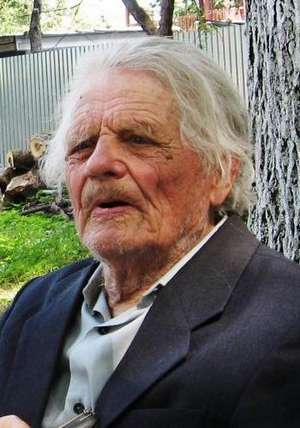
- Discovered large excess heat during high-temperature electrolysis of heavy water with ceramic electrolytes and palladium cathode
- Claimed the reaction would nullify radioactivity in the vicinity of the device due to some sort of unknown emissions coming from the reactor
- Filed for a Russian patent titled, “The Process and System for Thermo-Emission.”
- Found nuclear byproducts such as tritium, helium 3 and 4, and isotopes of oxygen
- Worked secretly until 1968 and again from 1989 on LENR power generators reportedly generating up to 12 kW of heat with support from the Russian government and a group of companies
In the 1960s and 1970s: Georges Ohsawa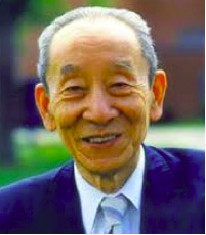
- Observed transmutation of sodium and oxygen to potassium by plasma discharge
- Observed transmutation of carbon and oxygen into silicon and iron by arching carbon in air
- A similar experiment of Ohsawa, producing silicon and iron by under-water arch between pure carbon rods, was successfully reproduced in 1994 by R. Sundaresan and J.Bockris and again by M. Singh, et al.
- See http://www.alchemywebsite.com/nelson2_3.html
1950 - 1980: Winston H. Bostick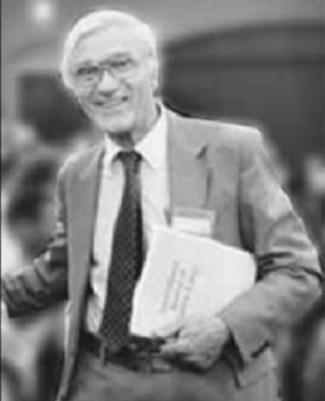
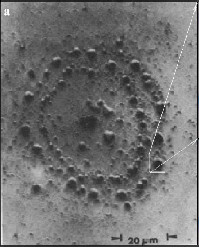
- Researched magnetic pinch in high-current plasmoids
- By the 1970's subsequent research was mostly classified and became part of the Strategic Defense Initiative
- Discovered filamentary structures in dense plasma focus, which he called “vortex filaments”
- Bostick was puzzled by these objects, because their electron concentration violated the space charge law, because they were able to bore holes through exposed materials (metals, dielectrics), and because they could explode with a large force
- His discoveries were the basis of the work of Ken Shoulders on charge clusters, i.e. condensed plasmoids
1969: US Bureau of Mines
- Issued a long report on water arc explosions for rock fragmentation
- The Twin City Mining Research Center noticed that the energy output was 156% of the input
1974: Sergei Usherenko
- Discovered that microparticles with a diameter of 1-1000 micrometer and velocities of 1 km/s can penetrate solid metal targets 100-10.000 times deeper than what is to be expected from their kinetic energy
- The length of the thread-like channel in the steel reached up to 200 mm and even more
- Calculations also showed that the kinetic energy of the particle is sufficient for penetrating the target to a depth of no more than 6-10 diameters of the particle itself
- New elements (including radon gas) were observed in the impact channels
- x-ray emission was seen
- The Usherenko effect has similarities with the LENR effects of cavitation: Supersonic jets impacting a target are forming plasmoids, which condense to CPs. The CPs can penetrate the target super-deep via non-thermal/non-dissipative ionization.
Mid-1980s: Peter Graneau, Neal Graneau,
George Hathaway and R. Azavedo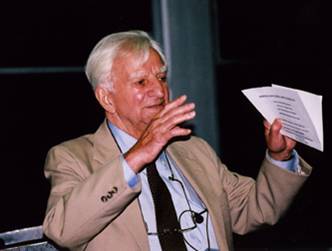
- Showed that abrupt underwater discharge of 3.6 kJ of stored capacitor energy created pressures in excess of 20,000 bar in 7 ml of water
- The water was ejected at a velocity of 1000 m/s, sufficient to penetrate a 0.6 mm thick aluminum plate
- Demonstrated over-unity energy gain by analyzing the kinetic energy of the exploding water
- No evidence of boiling and steam formation could be detected and all the water found after the explosion was cool
- Accepting the general view that plasmas are quasi-neutral, there was no electro-dynamical explanation for
the effect
(In reality, strong electrostatic forces of negatively charged condensed plasmoids were propelling the water away from the arc) - The findings of excess energy and anomalous forces in underwater arcs was confirmed by Gary Johnson and independently by Tucker Leavitt
1986: Paulo & Alexandra Correa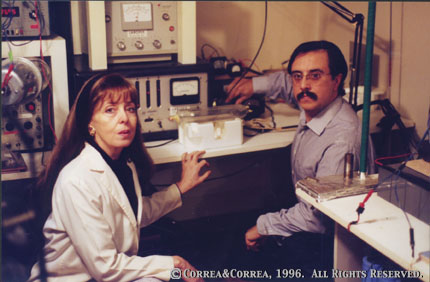
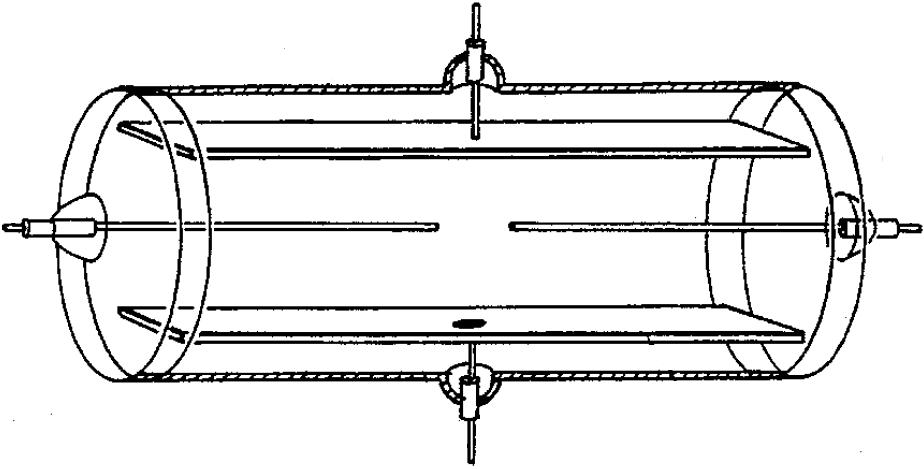
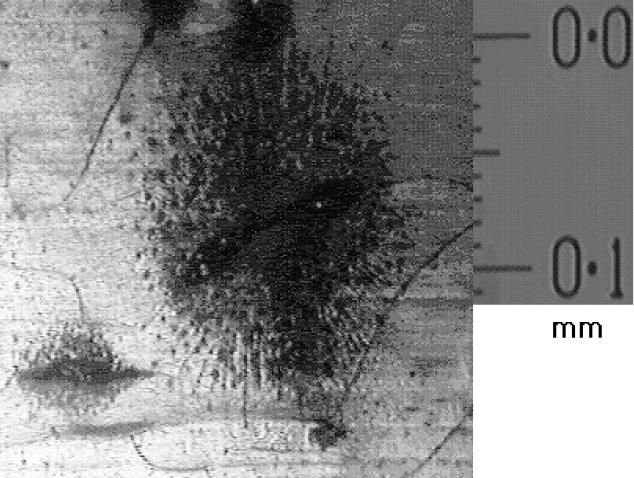
- Created a device which generates electricity based on Pulsed Abnormal Glow Discharges (PAGD) in air between aluminum electrodes at low pressure
- Output pulses have reached >30 kW, with mean power inputs of 50 to 100 W and mean outputs of 200 to 600 W, discharge voltage 600 V
- Although the Correas explain the patented device differently, it is a LENR glow discharge devices similar to that of Alexander Karabut
- Holding US Patents 5,416,391, 5,449,989 and 5,502,354 on the device
- Proves, that LENR does neither require hydrogen nor transition metals, and that the resulting energy can be extracted electrically
- Their comprehensive web site can be found here: www.aetherometry.com
- Tracks and pits on PAGD aluminum cathode published 1993 by the Correas are clearly indicative of condensed plasmoids occurring in the glow discharge
- Their comprehensive web sites can be found here: www.aetherometry.com and http://www.aetherenergy.com
- A. Chernetsky (Russia) and Manfred von Ardenne (Germany) both replicated the Correa device and found in 1997 a gain of electrical energy by a factor 1.5 to 2
- Tracks and pits on PAGD aluminum cathode published 1993 by the Correas are clearly indicative of condensed plasmoids occurring in the glow discharge
1980s and 1990s: Stanley Meyer
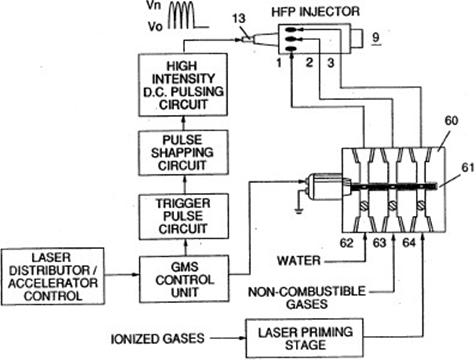
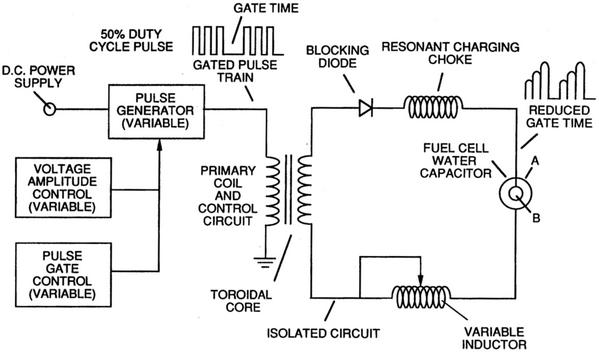
- Achieved over-unity efficiencies at high-voltage pulsed-DC electrolysis of pure water
- His brother claimed that during a meeting with two Belgian investors in a restaurant, Meyer suddenly ran outside, saying “They poisoned me”. Stanley then died
- Stan Meyer is best known for his dune buggy that he claimed would run solely on water
- Held Canada Patent # 2,067,735 on a water injector, which replaced the spark plug of a combustion engine
- There are other inventors, like Daniel Dingel from Industrial Technology Development Institute in Manila, who also modified cars to run solely on water fuel
- Held US patent # 4936961 on pulsed high-voltage electrolysis
- Has a relatively large fan community, which was able to replicate the success of his electrolysis apparatus (see diagram)
- Pulsed electrolysis is also used by Israeli LENR startup Energetics Technologies LLC as a means to release nuclear energy
1987: Ken Shoulders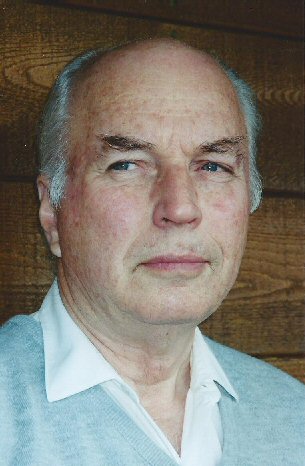
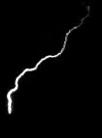
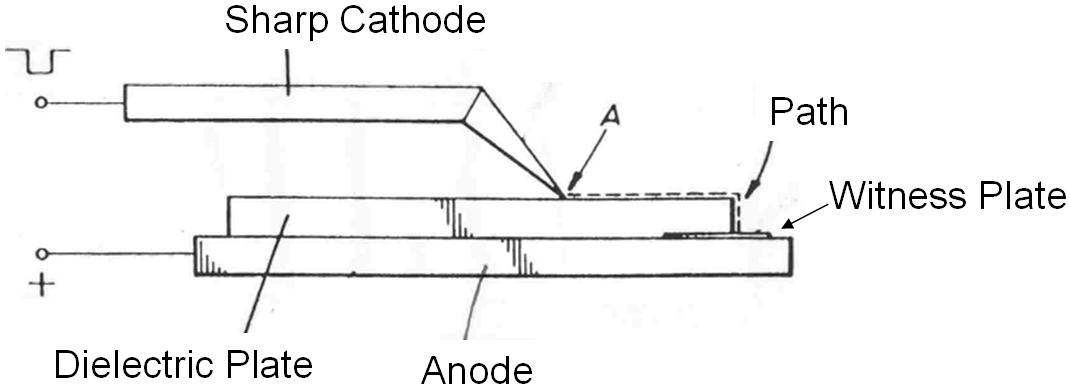
- Discovered EVOs (aka charge clusters), which he first published in EV: A Tale of Discovery in 1987
- EVOs are identical to condensed plasmoids
- Worked at SRI International for ten years as a staff scientist
- Invented the Quadrupole Mass Spectrometer (QMS)
- Archive of his works: http://www.svn.net/krscfs
- Provided high-speed video evidence, that every lightning stoke is preceded by a ball lightning precursor. The ball lightning (EVO) ionizes the channel in the air and the lightning stroke follows.
- Holds US Patent 5,018,180 (1991), how to create charge clusters with the device seen below
- In 1976 Shoulders was doing contract work for the National Security Agency (NSA). Together with Harold E. “Hal” Puthoff (physicist of SRI, Scientology member) and Bill Church (financier, Scientology member) he undertook exploratory work to find a new energy source at the elementary particle level (not involving nuclear processes). Shoulders began examining the plasma vortex filament work of Daniel R. Wells and Winston H. Bostick. The personal contact to Bostik lead him to his “discovery” of charge clusters.
- The Stanford Research Institute International (SRI) was founded in 1946 at Stanford University. It went independent in 1970 due to protest of its military contracts. Among them were studies with LSD and chemical warfare
- Hal Puthoff was the founder of the Science Unlimited Research Foundation, which ran the CIA-initiated Remote Viewing Program at SRI
1985, 1989: Martin Fleischmann and Stanley Pons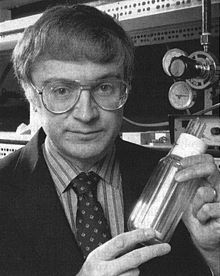
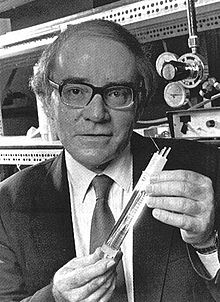
- In 1985 Fleischmann and Pons discovered a large release of energy from early cold fusion experiments at University of Utah. In one case the energy release was so sudden and large, that the experiment exploded.
- The most famous cold fusion claims were made public in 1989, reporting excess heat production during electrolysis of heavy water with palladium cathodes
- The announcement has triggered continuous work of LENR research world-wide on a small scale
- Meanwhile there are hundreds of successful replications of the F&P experiment from many independent research groups
- The impact of Fleischmann on the mindset of the LENR research community was so lasting, that many LENR theories still narrowly focus on the (false) concept, how deuterons can fuse in a metal lattice
1989: Francesco Piantelli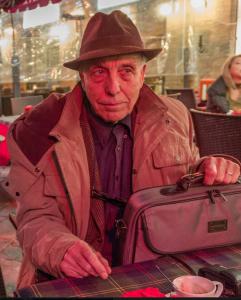
- Discovered anomalous heat in a piece of nickel metal in a hydrogen atmosphere
- In subsequent years Piantelli, Sergio Focardi et al. systematically analyzed the preconditions required to produce excess heat with Ni/H
- 10s to 100s of Watts net output, self-sustaining reaction, sometimes for 100s of days
- Francesco Piantelli was granted several patents on LENR
- Measured reaction products indicating both fusion with nickel and fission of nickel occurring in “small spots of corrosion” at the nickel surface
Sergio Focardi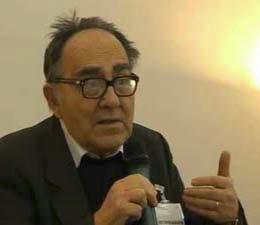
- Initially worked with Piantelli
- Afterwards worked with Andrea Rossi on LENR reactors (E-Cat) with nickel powder
1989 - 2001: Hal Fox
- Established the Fusion Information Center by 1989, which published the monthly newsletter Fusion Facts
- The Fusion Facts played a crucial role in the formative years of the LENR field by providing a forum through which rapid communications on preliminary experimental results could be publicized
- Fox helped to create a good sense of community among the various international cold fusion workers
- Fox added an additional newsletter, New Energy News, in 1993, published by the Institute for New Energy
- In 1996, Hal and the Fusion Information Center began publishing the important Journal of New Energy
- Hal Fox was one of the first people, who clearly understood the importance of Ken Shoulder's charge clusters for building a theory on LENR. In 1997 he published a paper on charge clusters in LENR electrolysis experiments
1991 - 2004: Eugene Franklin Mallove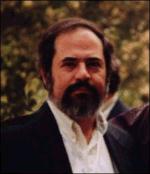
- 1991: Mallove worked at the MIT News Office, when he discovered measurement data at the MIT was
manipulated in a replication of the Fleischmann & Pons experiment.
The manipulation apparently was to nullify the excess heat evidence created during the experiment.
Mallove famously resigned from his job at MIT in protest, when his request for investigation was turned down and met with further cover-up by the MIT - He was the inaugural editor of Cold Fusion magazine, which since 1994 continued to publish as Infinite Energy magazine
- 2004: Eugene Mallove was murdered in his parental home. The incident happened after, due to persistent efforts of Mallove, the U.S. Department of Energy ordered a panel of scientists to review existing research on cold fusion to see whether it is worth pursuing
In the 1990s: T. Matsumoto, Tadahiko Mizuno,
George H. Miley, Yasuhiro Iwamura, and others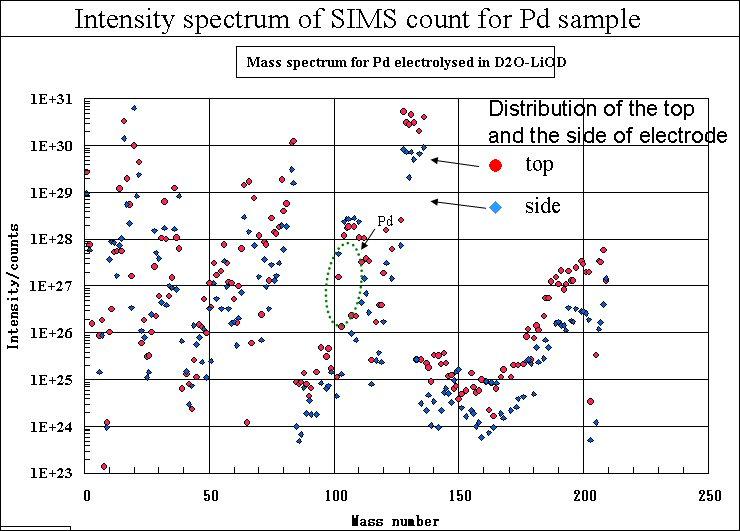
- Discovered, that LENR devices are producing a wide range of elemental transmutations
- Transmuted elements often found in “damaged” spots at the metal surface
1989 - 1995: Takaaki Matsumoto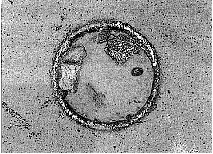
- Observed ball-lightning-like phenomena via DC discharge between thin wires in potassium carbonate dissolved in water. The voltage was above 50V, creating micro-sparks at the electrodes
- The micro-sparks sometimes formed ring clusters of 20 micrometer diameter at the electrode surface. The ring clusters decayed to a regularly hexagonal plate within a few days.
- The observations provided early indication about the stability and life time of condensed plasmoids trapped at an iron surface
- Radio frequency emissions and transmutations were also observed in the same experiments
- Nuclear emulsions exposed close to the cell showed rail-like traces on the surface, as if some objects of 10 micrometer diameter were walking around on the surface. This suggested, that the ring clusters could penetrate the glass wall of the cell and the water region.
1996: Edward H. Lewis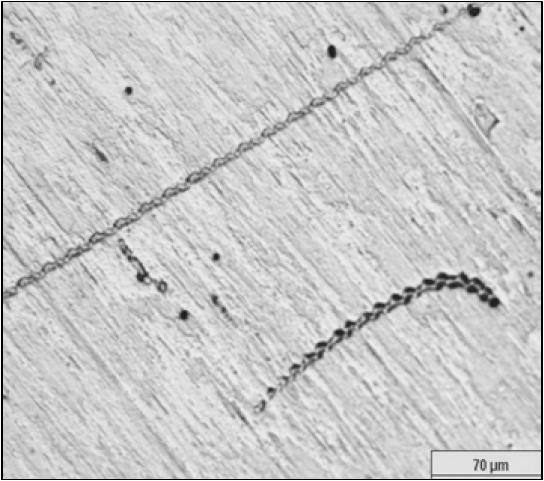
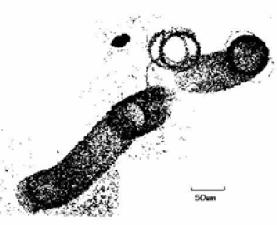
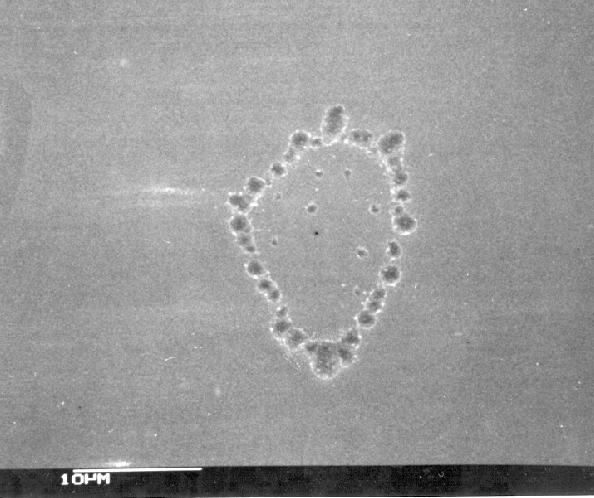
- Published his theory, that plasmoids are responsible for LENR and transmutations
- Lewis was building upon the works of T. Matsumoto, Ken Shoulders, L.R. Urutskoev, I.B. Savvatimova and others
- In subsequent years he collected a large number of microscopic and anecdotal evidence for his theory
- Claimed, that these plasmoids are a new state of matter, similar to ball lightning
2000 - 2005: Irina Savvatimova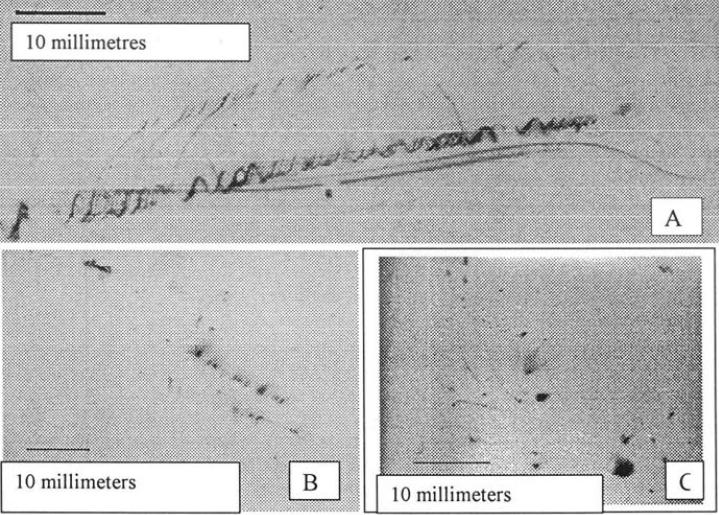
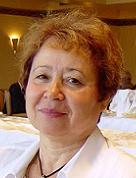
- Exposed x-ray films inside and outside of the reaction chamber during high-current glow discharge LENR experiments
- The films showed very peculiar tracks: Some of them rectilinear, some curvilinear, some spiral tracks, some comet-like
- Track sizes ranging from one to tens of millimeters
- The objects causing the tracks were able to penetrate the 5mm-thick steel walls of the chamber
- Savvatimova and B. Rodionov published in 2005 tracks on the surface of the palladium cathodes exhibiting similarities with the structures seen on X-ray films
- The peculiar tracks are caused by condensed plasmoids
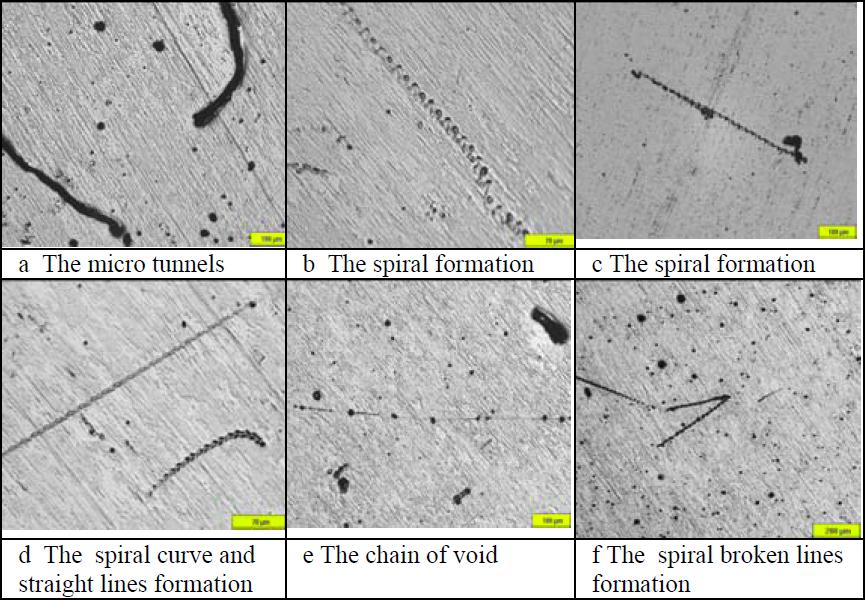
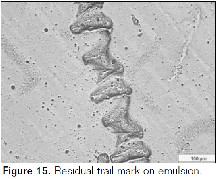
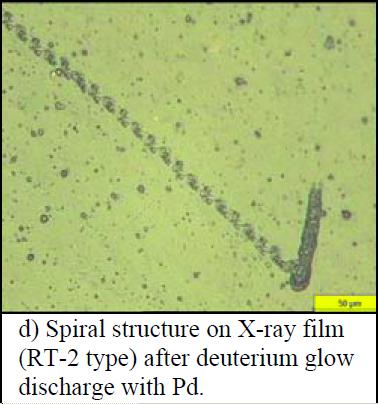
2002: Leonid I. Urutskoev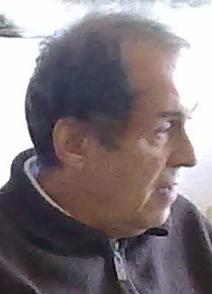
- Detected a “strange” radiation while studying electric explosion of metal foils in water
- Photographed a ball-lightning-like plasma showing up outside of the reactor
- Detected objects flying with 20 – 40 m/s through air and penetrating metal shields
- Using photo emulsions to study these objects revealed a wide variety of track forms, including continuous straight lines, dumbbell-like (“caterpillar”) tracks, and long tracks with a complex form similar to spirals and gratings
- Showed that the same tracks can be observed up to 18 hours after the explosion by exposing the photo emulsion with the radiation coming out of the debris of the exploded foils

2000 - 2006: Stanislav Adamenko et al.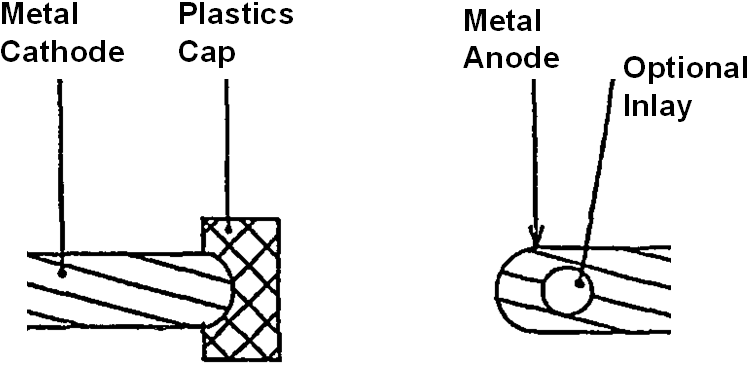
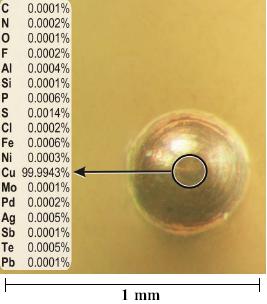
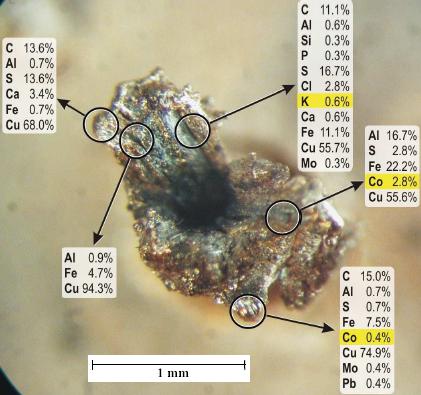
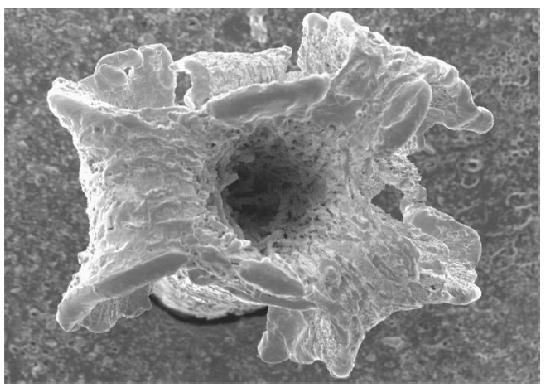
- Adamenko lead The Proton-21 Laboratory in Kiev, Ukraine
- Created very large amounts of transmutations by 50 ns-short, high-voltage, 50 kA DC pulse discharge between metal electrodes in vacuum (US patent application 20050200256)
- Claims to have sythesized stable super-heavy elements with atomic masses > 300 amu
- The pointed cathode was capped with a plastics insulator. Condensed plasmoids were forming via field emission in the plastics and were accelerated against the anode
- The anodes strangely hollowed out and bended without melting as a result of the plasmoid impact
- A description of Adamenko's apparently thorough experiments can be found here: http://proton-21.com.ua/articles/BonnAbstracts.pdf
2004: Mark L. LeClair and Sergio Lebid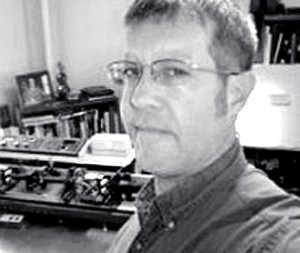
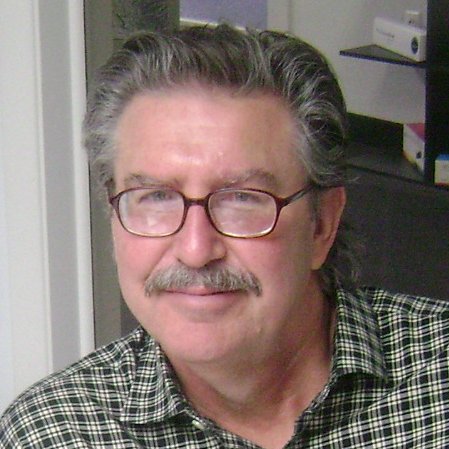
- LeClair is CEO and founder of NanoSpire Inc.
- Lebid is co-founder of NanoSpire
- Discovered that reentrant jets from the collapse of cavitation bubbles have hexagonal facets and possess tremendous electrostatic charge
- Showed that the jets, moving at supersonic speeds, are surrounded by a bow shock
- The leading face closest to the bow shock and the sides of the jets are positively charged and the tail is negative, allowing the jet to form observed closed loops
- Built a 1.3” wide, 12” long reactor producing 2.9 kW of hot water with 840 W of input (COP of 3.4)
- Found that cavitation causes all sorts of transmutations
- Accidentally became radiation sick after an experiment in 2009. Sickness lasted for more than a year
- More details: https://nanospireinc.com/Fusion.html
- Holds US Patents 6,960,307 and 7,517,430 on this discoveries
- Showed that the reentrant jets are exhibiting energy anomalies like carving long trenches in high melting point ceramics (e.g. aluminum oxide)
- The jets, when carving trenches, are guided by their electrostatic charge and remove far more material than could be accounted for
- The periodic structure of the trenches are microscopic evidence of condensed plasmoids:
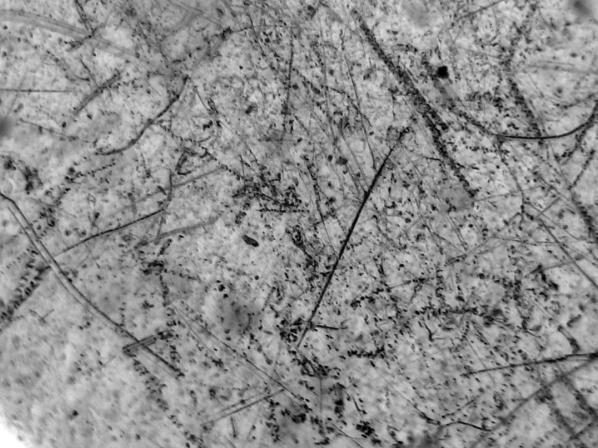
2010 - 2019: Commercialization of LENR begins
- Early LENR startups:
Industrial Heat LLC, Leonardo Corp., nicHenergy, Brillouin Energy Corp., BlackLight Power Inc., NUCAT Energy LLC, JWK International Cor., Global Energy Corp., Coolescence LLC, Permanetix, Etiam Oy, NanoSpire Inc., Lenuco LLC, LENR Cars, Lightstone Technologies Inc., Lattice Energy LLC, Hope Cell Technologies, Energetics Technologies LLC, Defkalion Green Energy, NANORtech Inc./Jet Energy, Clean Nuclear Power, Clean Planet Inc., TSEM, A.R.G.A.L., Purratio AG - Startups demonstrating prototypes with up to 1 MW of heat output power
- Early LENR Investors:
Cherokee Investment Partners LLC, Baoding Sino-US Science and Technology Innovation Park, LENR Invest, Sidney Kimmel Institute for Nuclear Renaissance (SKINR), Sunrise Securities, Woodford Investment Management LLP, Kiva Labs, Carl Page - Big Companies involved in LENR:
Mitsubishi Heavy Industries, Toyota / Technova, Airbus Defence and Space, Boing Subsonic Ultra Green Aircraft Research, STMicroelectronics, National Instruments, Siemens (silently), Exxon (silently), Shell (silently)
2015-2019: Lutz Jaitner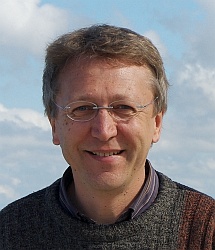
- Developed a quantum-mechanical theory of condensed plasmoids
- Associated condensed plasmoids with the strange objects found by Ken Shoulders, Mark LeClair, Irina Savvatimova, L.R. Urutskoev, Edward H. Lewis, Takaaki Matsumoto, and others
- Derived most of the exotic properties of condensed plasmoids from their quantum-mechanical state
- Provided an explanation for the most fundamental questions of LENR research, i. e. how the Coulomb barrier is overcome and how the nuclear excitation energy is converted to heat without gamma radiation
2015: Anatoly I. Klimov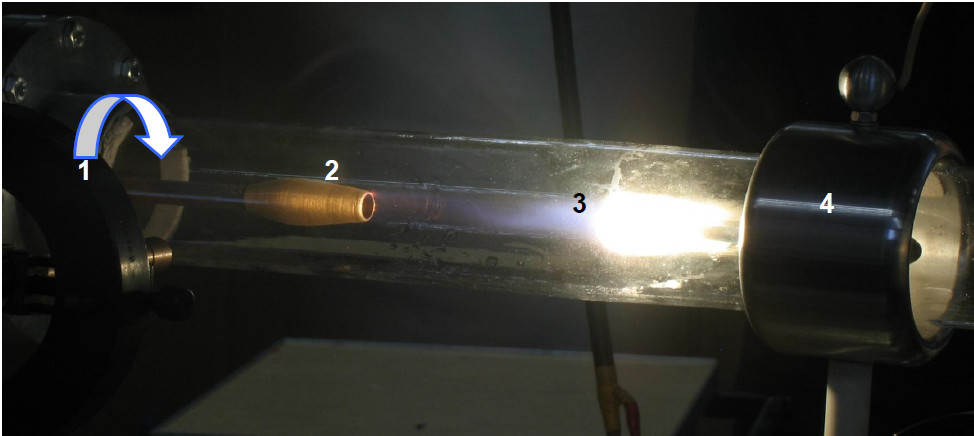
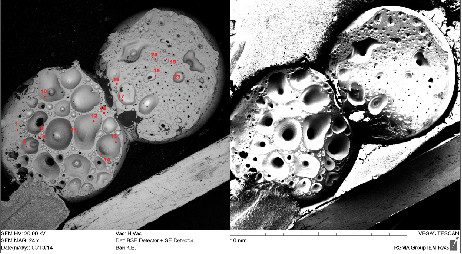
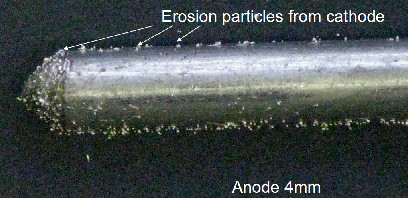
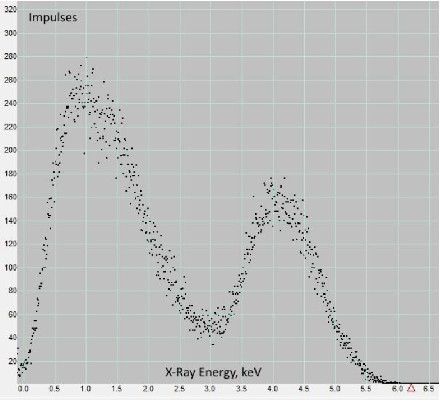
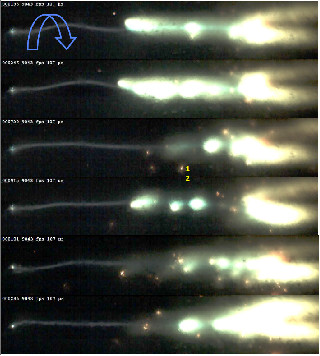


- Plasma vortex reactor with a nickel cathode at the right side
- Continuous AC discharge plus high-current pulsed recurring DC discharge in a swirl of argon with water fume flowing from anode to cathode
- COP: 2 - 10
- Cathode was emitting white light, because of CPs attached to the surface
- Cathode was showing erosion craters
- CPs in the gas can be seen as thin lines and shiny ball-like objects
- The CPs were depositing nickel droplets at the anode
- The cathode and the downstream gas flow was emitting the characteristic x-ray spectrum of CPs